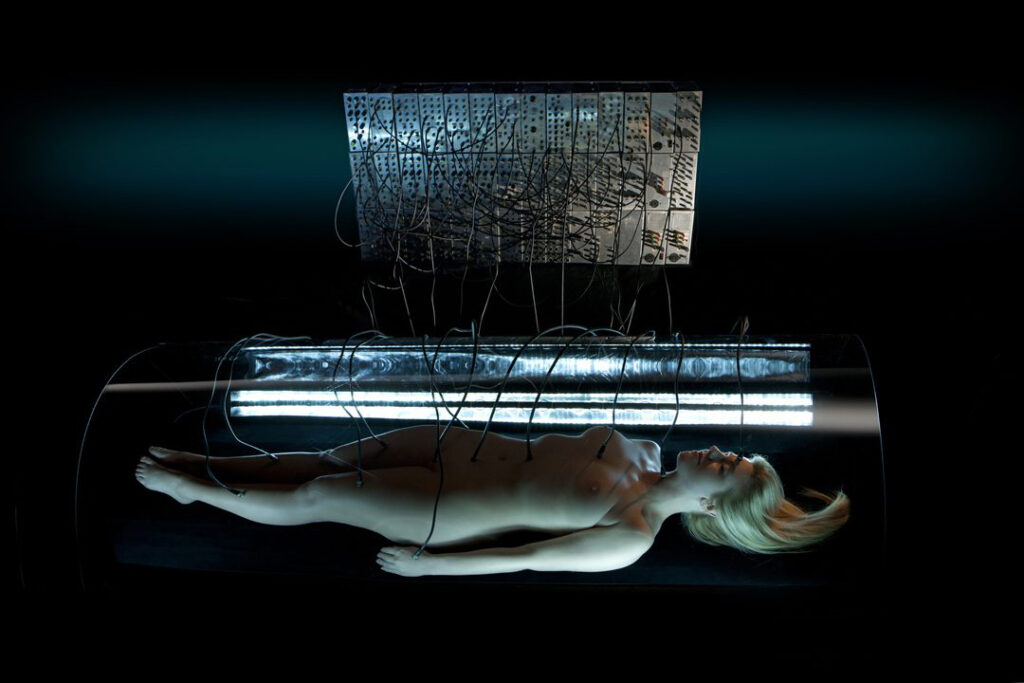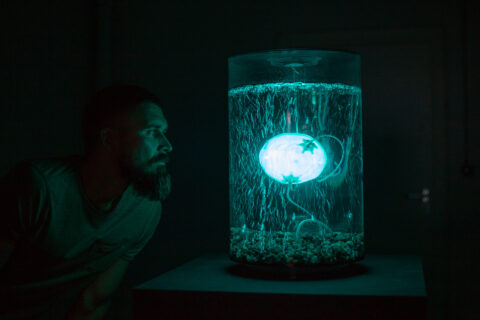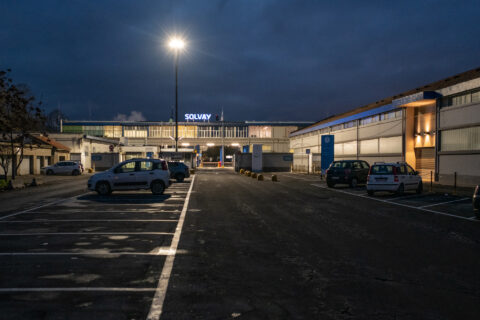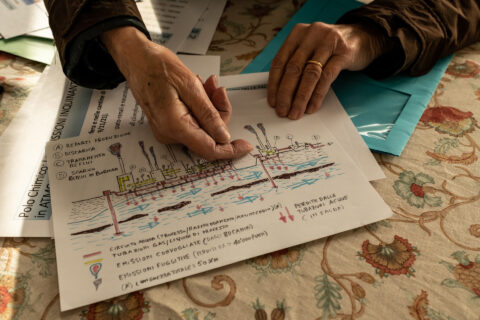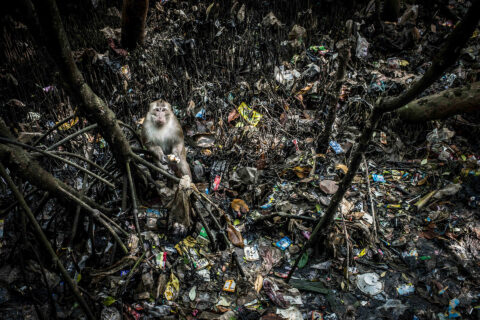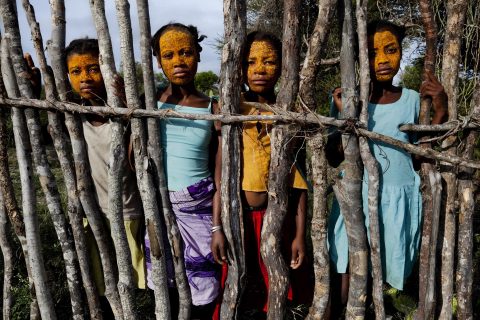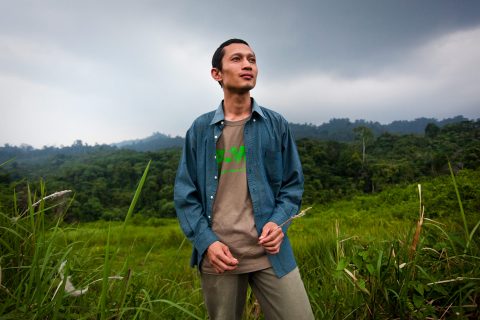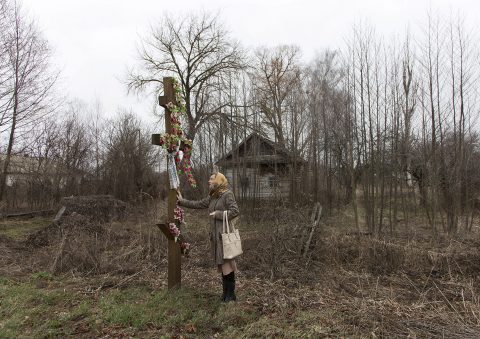When she was born in 1980, Amy Karle was affected by Congenital Aplasia Cutis (ACC): a rare and potentially lethal condition characterized by the absence of skin and bones. In Amy’s case, the condition affected her head. The childhood of what would become one of the world’s most renowned (bio)artists was spent in laboratories and pharmacies, under the care of her parents: a biochemist and a pharmacist. After numerous failed attempts, Amy Karle underwent the right treatment—an experimental operation—which now enables her to lead a normal life.
This painful experience fueled her desire over the years to explore biomedical technologies as an artist. Her works trigger profound reflections on the human condition, the body, and its limitations, integrating medicine, design, philosophy, art, and biotechnology.
AMY KARLE: ART BORN FROM THE BODY
Growing up surrounded by science, Amy Karle found in art her primary natural language. «I research and communicate through art because it’s the language I know best and that allows me to convey complex ideas and emotions about humanity and life.»
Amy Karle’s work has always revolved around the body, physiology, and fundamental questions about what it means to be human and alive, with the ensuing difficulties and vulnerabilities. This has also meant offering her body for scientific and artistic experiments. «My relationship with health and the future perspective of medicine reflects the story of my life, intertwined with medical challenges and the discovery of vulnerability, fragility, strength, and complexity of the human body. The narrative of illness, with all its fears, hopes, and the quest for healing, constitutes a common thread in my research and work. This narrative pushes me to imagine a symbiosis where technology serves as a means to promote well-being, deepen understanding, and enrich the human experience in the face of medical challenges.»
In Biofeedback (in the opening photo of this article), Amy Karle connects her body and consciousness to technology to create art, repurposing a video synthesizer as a device for electro-physiological visualization. While meditating, the artist inputs her biofeedback into the computer, generating real-time images and sounds. The artwork is both the long-duration performance and the experimental video art created during the process.
Integrating technology into her creative process has been a natural progression. With technology, Karle expresses the intricate dance between the tangible and intangible, the organic and artificial, to contemplate the complexities of human existence amidst rapid technological and biotechnological evolution.
READ ALSO: (Non)infectious creations
SAMPLES AND RELICS
Amy Karle grew up in a laboratory with her mother, where she often observed and assisted in scientific experiments. At the same time, she was raised in a Catholic environment. Her grandmother would take her to shrines and churches to visit relics. Both spaces often housed living objects—or objects that had once been alive—that had to be regarded with great care and respect.
The aesthetics of these objects—often placed in glass vessels, illuminated in a coded manner—profoundly influenced the way Amy Karle presents her artworks: both as relics and as scientific samples. «When we employ technologies and biotechnologies that can permanently alter humanity and change the course of our evolution, we must approach them with the importance of scientific research and care, as well as with the reverence of a sacred relic.»
An example of this is Regenerative Reliquary, a piece in which 3D-printed biodegradable scaffolds are used for the cultivation of human stem cells, installed in a bioreactor. «I was exploring the opportunities for human enhancement through bioprinting, such as the replacement of limbs or organs, and I wondered how far we could push ourselves. Scientists were already working on bone growth using this method, but the work was being done in the laboratory on a very small scale, like a millimeter or less.»
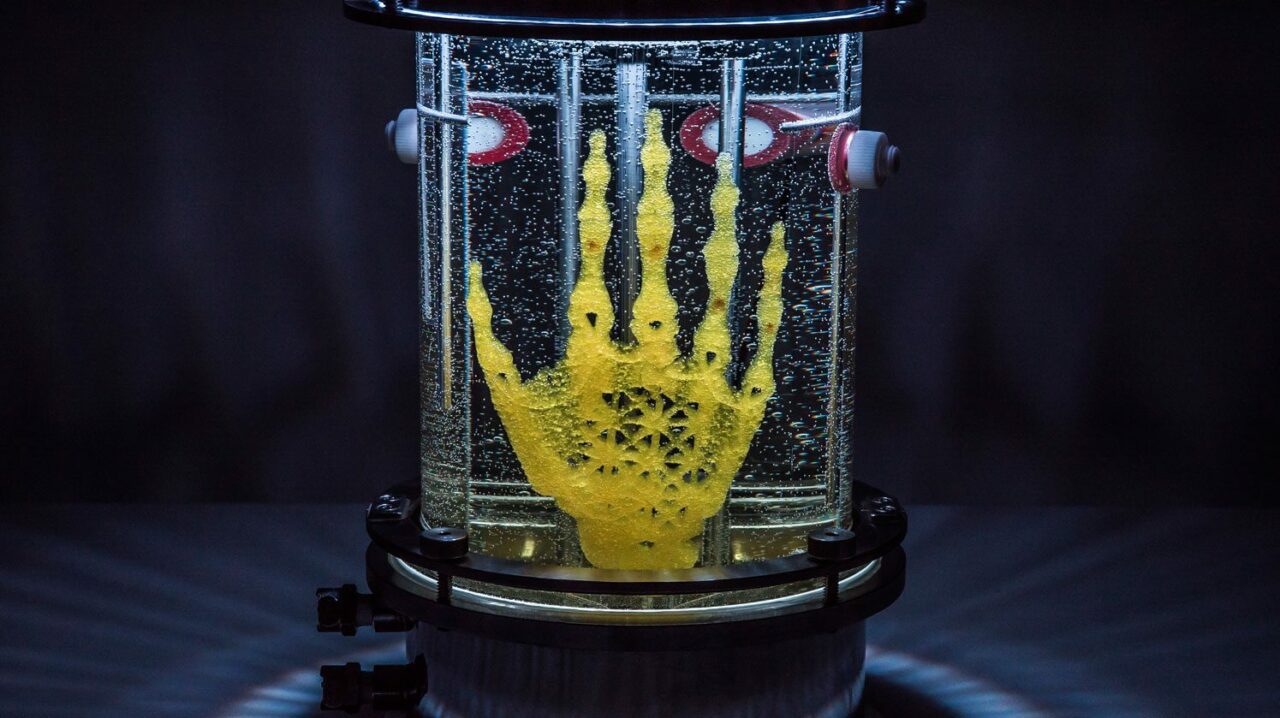
Amy Karle, Regenerative Reliquary (2016). Photo by Charlie Nordstrom.
To achieve something larger and immediately identifiable as part of a body, Karle and the scientists she collaborated with had to build computers capable of processing data to create a geometry representing a quantity of cells similar to that of a human hand bone. Then, they had to print a material on which the cells could grow without the material itself depleting or decaying during the long 3D printing times.
The result was the largest 3D-printed object ever created for cell culture. «Although this artwork was never intended to be installed in the body, this process could one day be used to create bone grafts tailored to the patient’s needs and made with their own cells to reduce the risk of rejection.»
IMPROVABLE DESIGN
The Heart of Evolution? was the natural progression of this research. Amy Karle’s goal was to create a piece that could be immediately recognized as a living object by an observer. And it is precisely this crucial point that led the artist to work with the heart because cardiac cells contract with a clearly visible, immediately identifiable rhythm.
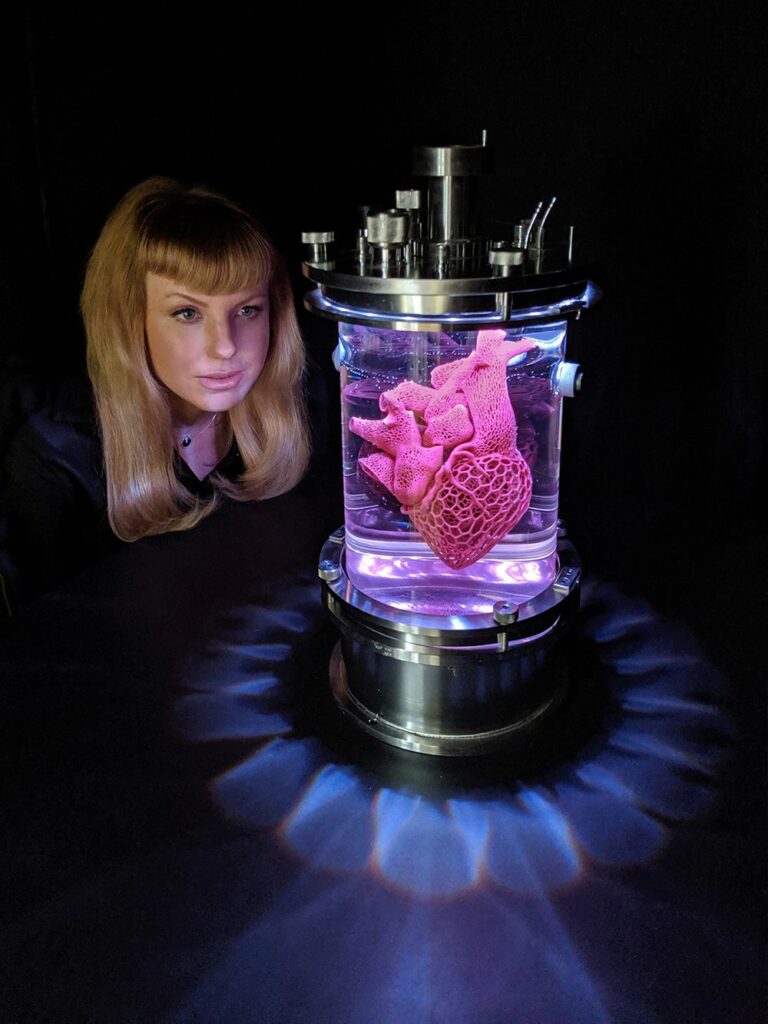
Amy Karle and the artwork The Heart of Evolution? (2019).
Karle worked with a vascular surgeon to envision a new design for the heart’s vascular system, potentially capable of enhancing its function and having less severe consequences in case of an aorta blockage. Both works challenge the way biomedical interventions heal and enhance the body, surpass natural selection, and can alter the course of evolution. The Heart of Evolution? questions how humanity would be altered—physically and emotionally—by such changes to our design and similar technologies to treat and improve the body.
REVERSING CONVENTIONS
But for Amy Karle, physiology is also a source of inspiration to challenge conventions about the body and beauty. Internal Collection is a series of garments inspired by human anatomy, faithfully representing our internal systems: the nervous system, lungs, vascular system, and ligaments. Blending fashion, biology, and technology, Karle has created genuinely wearable clothing.
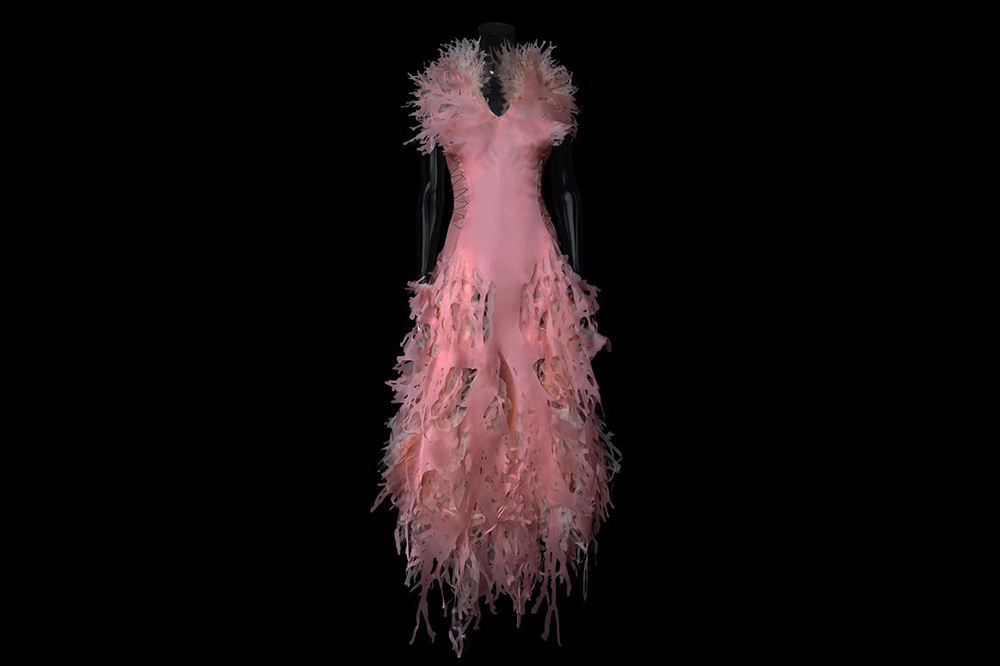
Amy Karle, Internal Collection, cardiovascular (2017).
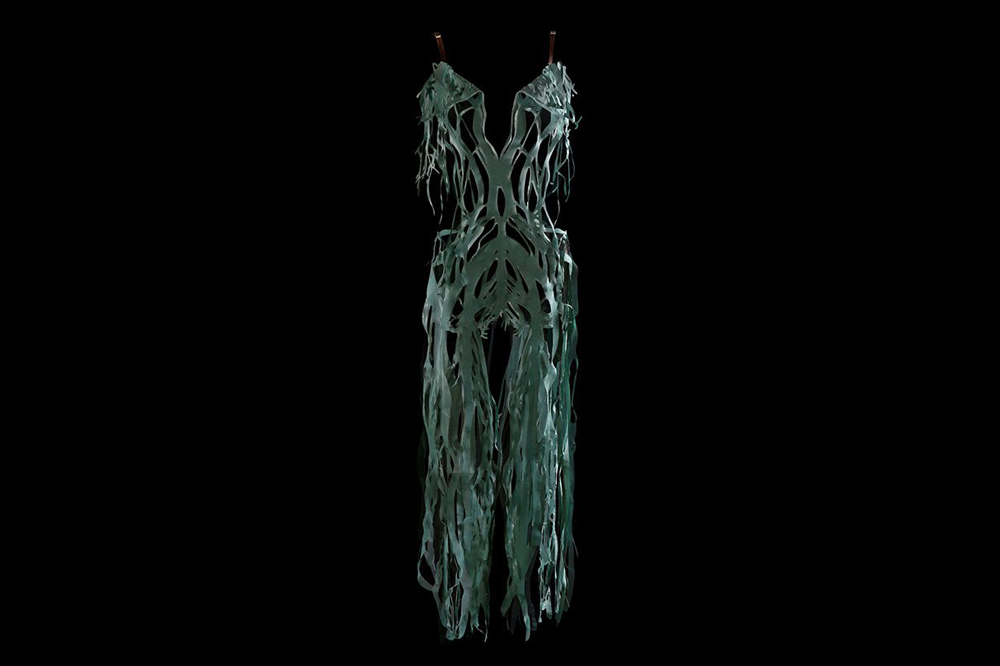
Amy Karle, Internal Collection, nervous system (2017).
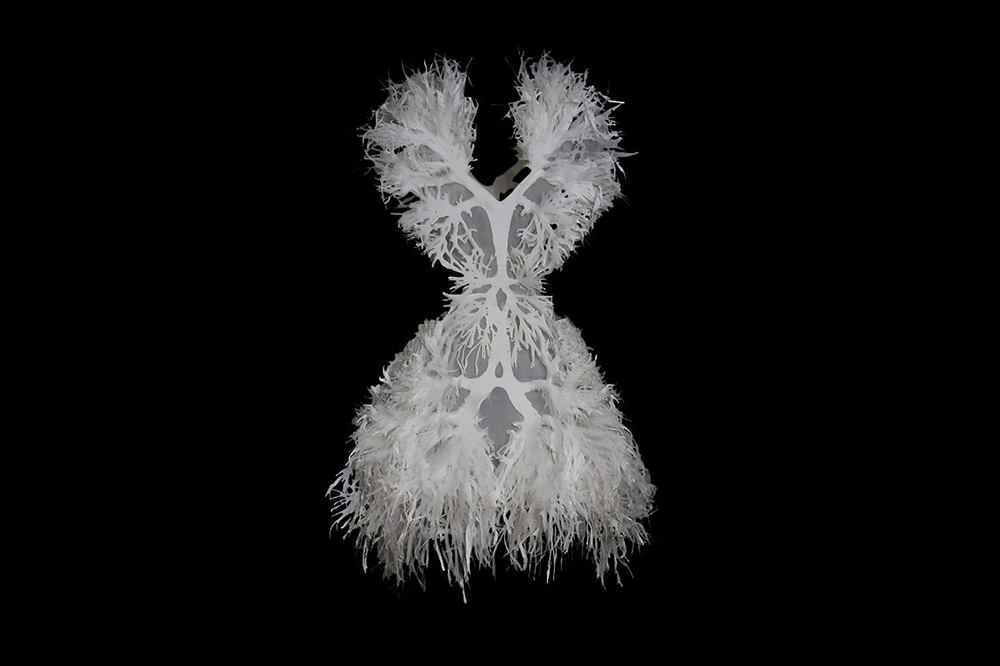
Amy Karle, Internal Collection, lungs (2017).
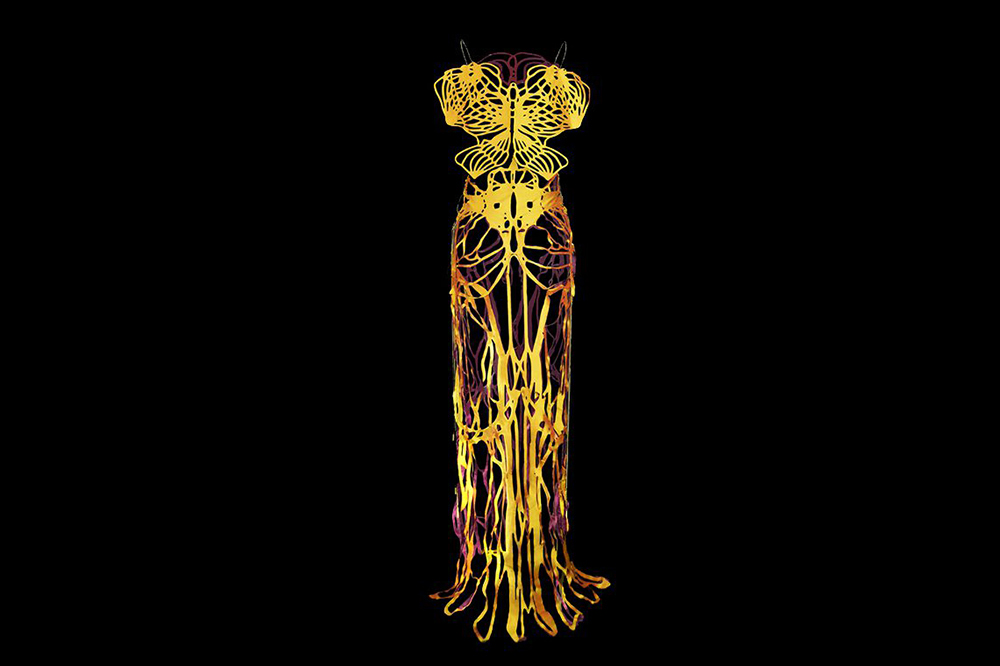
Amy Karle, Internal Collection, ligaments (2017).
Each piece has a unique design approach. For instance, the Breathe dress, based on lung anatomy, and the suit inspired by the nervous system were created from anatomically styled hand-drawings by the artist, which were then transformed into a CAD modeling environment. She also employed techniques like 3D scans and zero or low-waste design creation.
Karle creates objects inspired by human anatomy using advanced techniques that could contribute to advancing scientific research. But she goes beyond this: the artist questions—and urges those observing her work to do the same—the meaning of our existence and the sometimes slippery boundaries between biotechnological advancement and ethics. «The investigation doesn’t necessarily lie in finding the answers but in refining the best questions to ask. The questions posed are an invitation to further inquiry, deeper research, and discourse, rather than a conclusion.»
A FUTURE TO CREATE
The world’s attention on artificial intelligence and generative art has only increased in recent years, but it’s an area of research that Amy Karle has been involved in since 2015. So far, she has collaborated with companies, organizations, and institutions. She has contributed to international think tanks, hackathons, and AI conferences, advocating for an ethical and empowering coexistence with AI. «The future with AI should not be something that happens to us but something we can co-create.»
The artist boasts numerous exhibitions and awards and was selected by the BBC in 2019 as one of the 100 most influential women in the world. For Karle, creating artwork and sharing it publicly in museums and online raises awareness about the complex relationship between technology and bioethics more than experiments in a laboratory on a much smaller scale.
Amy Karle envisions a future where collaborations between humans and biotechnology are ethical, sustainable, and multiplier effects. However, she believes that we must not ignore their potential dangers. «We need to be aware of the possible impacts, both positive and negative. The intersection between bioart, biodesign, technology, science, and medicine promises to transcend traditional boundaries, opening up uncharted territories. I see a future where bioart and biodesign are not just a reflection but active parts in creating and debating scientific and medical innovation, as well as a laboratory with infinite potential to explore a new understanding of ethics, hopes, fears, and mysteries of life.»
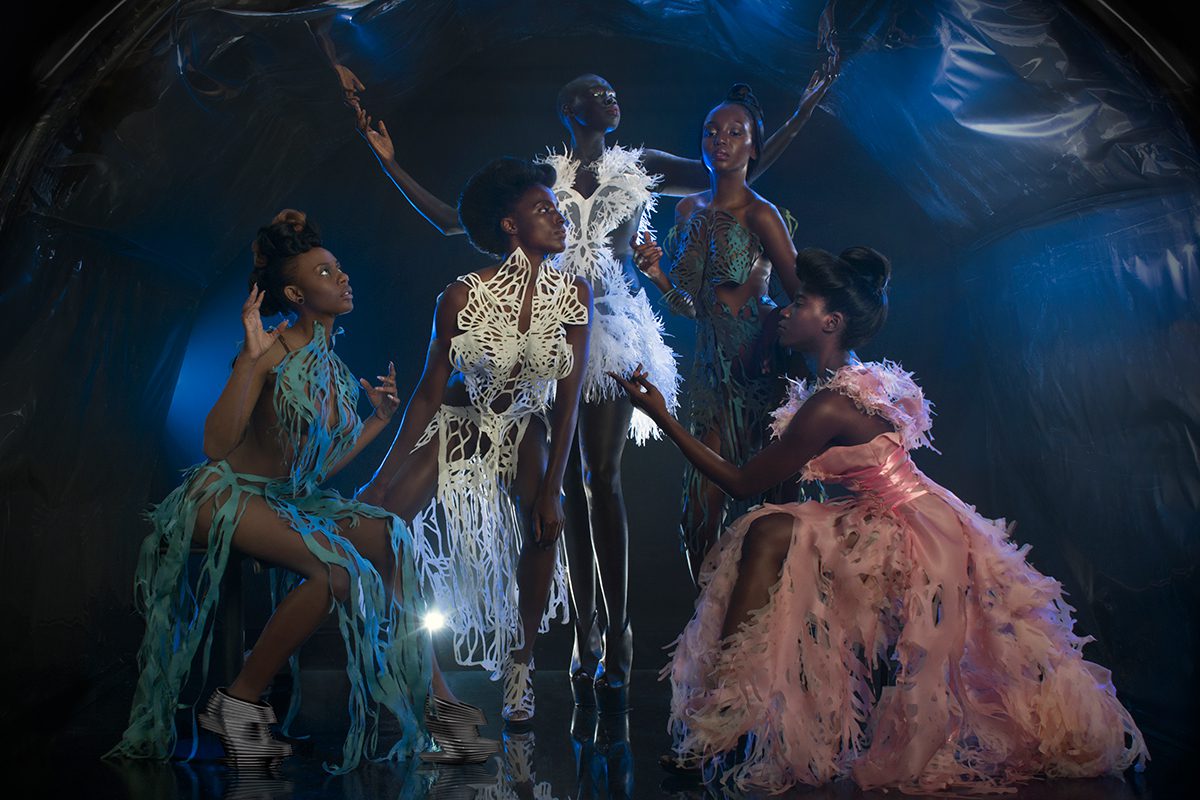
The garments of the series Internal Collection (2017). Design by Amy Karle, photo by Christyl O’Flaherty.


